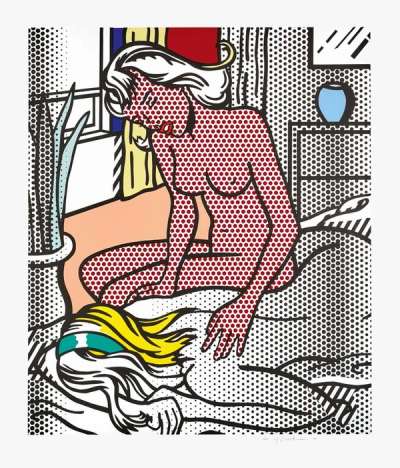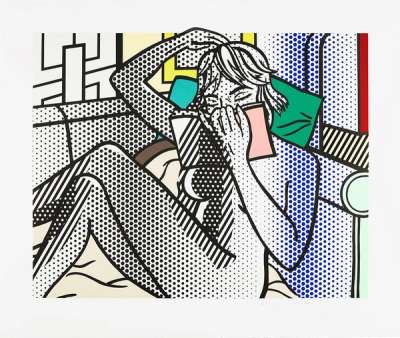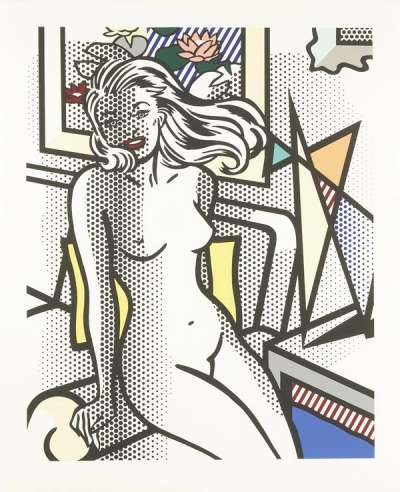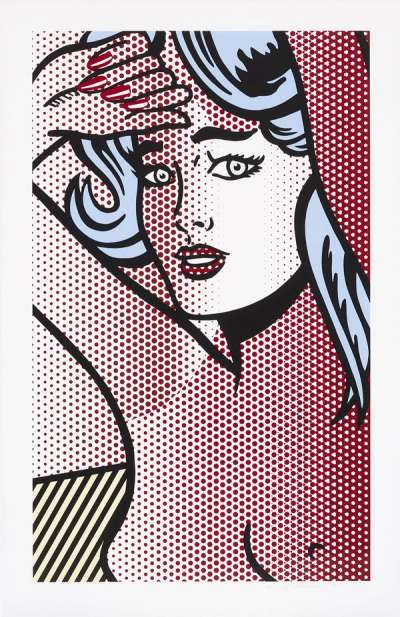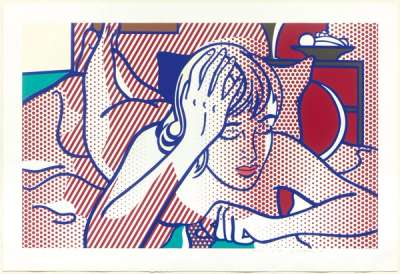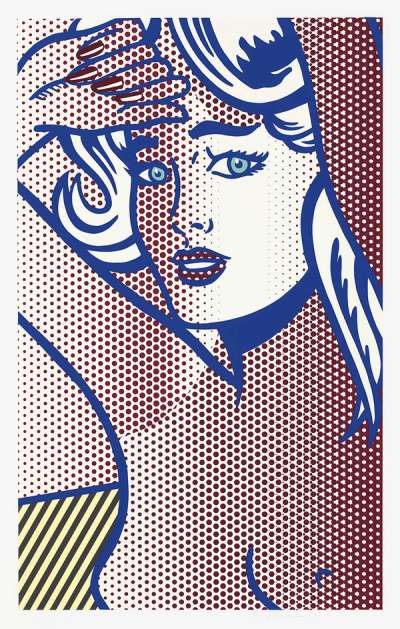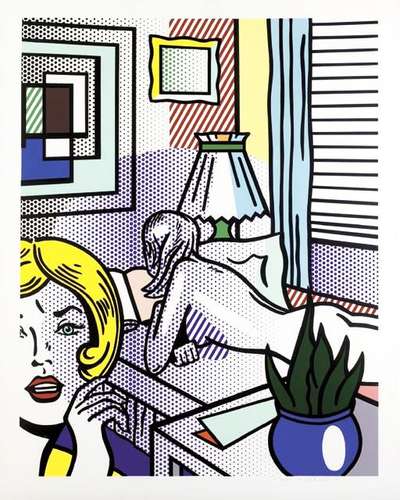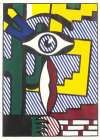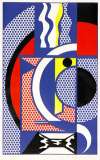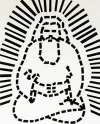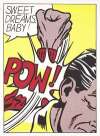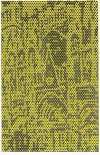Nudes
In 1994 Roy Lichtenstein returned to his 60s cartoon heroines to explore the genre of the female nude. Rather than using models, the artist depicts fabricated figures—a means to interrogate the often-idealised genre. Lichtenstein’s heroines are pointedly contemporary: pictured as independent and with a direct gaze that quells the viewer’s traditionally voyeuristic gaze.
Roy Lichtenstein Nudes For sale
Nudes Value (5 Years)
Works from the Nudes series by Roy Lichtenstein have a strong market value presence, with 98 auction appearances. Top performing works have achieved standout auction results, with peak hammer prices of £794437. Over the past 12 months, average values across the series have ranged from £149573 to £794437. The series shows an average annual growth rate of 11.73%.
Nudes Market value
Auction Results
| Artwork | Auction Date | Auction House | Return to Seller | Hammer Price | Buyer Paid |
|---|---|---|---|---|---|
 Nude With Blue Hair State I Roy Lichtenstein Signed Print | 20 Nov 2025 | Christie's New York | £561,000 | £660,000 | £830,000 |
 Two Nudes Roy Lichtenstein Signed Print | 22 Oct 2025 | Sotheby's New York | £119,000 | £140,000 | £190,000 |
 Two Nudes: State I Roy Lichtenstein Signed Print | 24 Sept 2025 | Sotheby's London | £127,500 | £150,000 | £200,000 |
 Nude Reading Roy Lichtenstein Signed Print | 16 May 2025 | Sotheby's New York | £212,500 | £250,000 | £340,000 |
 Thinking Nude Roy Lichtenstein Signed Print | 16 May 2025 | Sotheby's New York | £229,500 | £270,000 | £360,000 |
 Roommates Roy Lichtenstein Signed Print | 26 Mar 2025 | Sotheby's London | £263,500 | £310,000 | £420,000 |
 Nude With Yellow Pillow Roy Lichtenstein Signed Print | 21 Nov 2024 | Sotheby's New York | £646,000 | £760,000 | £950,000 |
 Nude With Blue Hair Roy Lichtenstein Signed Print | 20 Nov 2024 | Sotheby's New York | £476,000 | £560,000 | £760,000 |
Sell Your Art
with Us
with Us
Join Our Network of Collectors. Buy, Sell and Track Demand
Meaning & Analysis
In 1994, Lichtenstein came full circle with his Nudes series, returning to his cartoon heroines from the 1960s to interrogate the Nude genre itself. 1923) delved into a broad range of subject matter throughout his career. In 1994, the artist came full circle, returning to his cartoon heroines of the 1960s. Those initial works propelled him to the forefront of the Pop Art movement, cementing his iconic status in the realms of contemporary art. Lichtenstein’s 1994 Nudes interrogate the most ancient genre of art history; the highly sexualised female nude.
Lichtenstein’s Nudes were composed using hand-cut as well as computer-generated dye-cut stencils. Rather than capturing the bodies of live models, the artist decided to fabricate the female figures himself. Consequently, he sourced their physical female attributes from his extensive archive of comic strips and movie stills. The artist also took inspiration from two of art history’s most famous modern masters, Pablo Picasso and Henri Matisse. Accordingly, his Nudes abstracted the female body to its simplest and most essential form.
The naked bodies in this series may at first glance appear to be generic objects of desire, just as in traditional paintings. However, the women depicted on Lichtenstein’s canvases have an entirely contemporary air about them. They are completely in control of their own experiences. These leading ladies are all portrayed on their own, or with another female companion. The leading men who accompanied Lichtenstein’s distressed heroines of the 1960s are altogether absent from this series.
Lichtenstein’s Nudes are caught in intimate moments. The figures are cropped closely by the artist, in order to create an underlying sense of tension. Some are unaware, and frankly quite uninterested in the world outside their comfortable interior scenes. Other figures stare directly at the observer, leaning into view, imposing their unapologetic selves upon the spectator. This type of compositional technique undermines the conventions of interpretation, wherein the passive subject is usually the one regarded by the active voyeuristic gaze.
It is clear that Lichtenstein utilises a familiar, yet reformed pictorial language in his Nudes. The artist tightly clusters his Ben Day dots in certain parts of the picture as a means to denote shadow. Meanwhile, patterns in other areas are very soft and sparse, representing light. Lichtenstein employs his extensive and variable-sized dots as a means to mimic chiaroscuro, a method used to achieve strong contrasts in historical paintings. Lichtenstein’s dots cascade all over the canvas, from top to bottom, transgressing and obscuring the boundaries and outlines of the depicted bodies. Thereby, the foreground of the works is flattened against the background.
